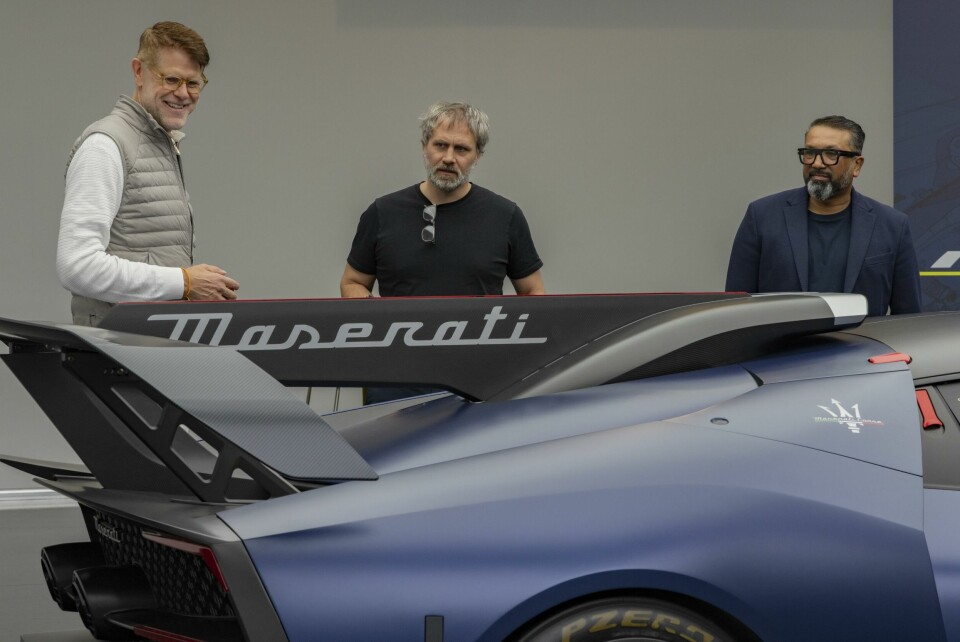
Klaus Busse on design, changing tech and the beast of Modena
Car Design News paid a visit to Centro Stile to catch up with Klaus Busse, design director at Maserati, and to see the beast of Modena
“We called it the beast of Modena,” says Klaus Busse. “Some people have called it beautiful, but that really wasn’t the intention.” The statuesque designer smiles. It is a bright morning at Maserati’s Centro Stile headquarters. November has brought some unexpected but welcome warmth and Busse, in light colours, cuts a dash as summery as his mood.
The beast in question is the Maserati MCXtrema and it more than lives up to its monstrous billing. It is track only, that much is immediately apparent given the miniscule ground clearance, front splitter and enormous rear spoiler. The MCXtrema was officially launched at Monterey Car Week in 2023.
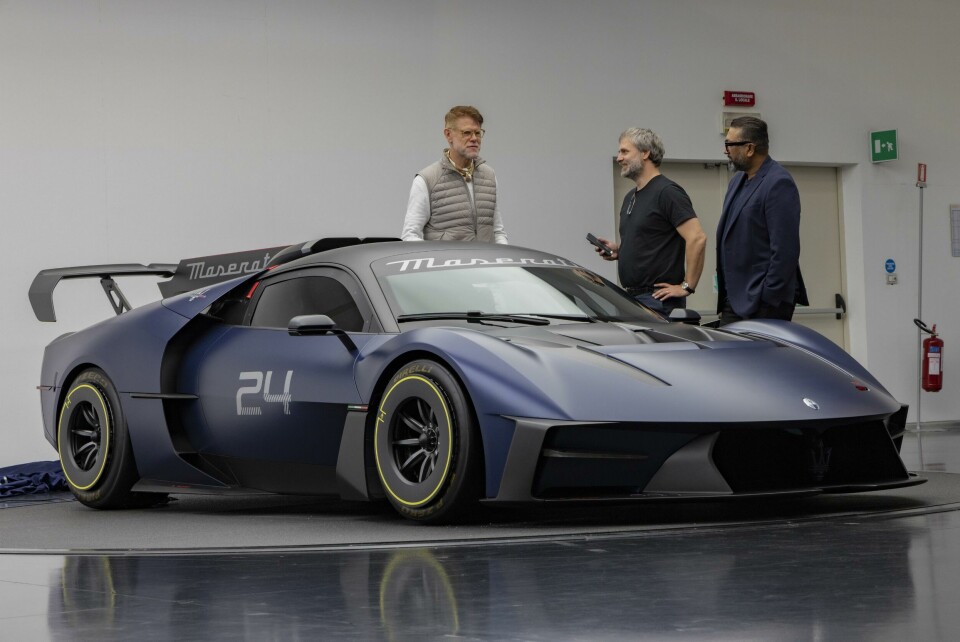
“The brief was “have fun,”” he continues. “When you do a production car, you go through a lot of loops for governance. This was us designers putting down on paper our vision. How we wanted to experiment. Our road cars are sculptural, [but] this gave us a chance to do something super aggressive.” Though the MCXtrema is limited to a production run of 62 cars (all of which have sold) it has served as a public manifesto with elements translated onto the roadgoing GT2 Stradale.
As with all track cars, engineering has a strong voice in the decision making: when you are pushing at the upper limits of performance then aesthetics must play second fiddle to feasibility. Operating in this world of high-velocity has meant Busse and his team rely on a strong relationship to their pragmatic brethren.
That said, what was proposed and what was built bore very close relations. “The first sketches looked like this car. The chief engineer later confessed to me, “let the designers sketch – once we get to work, the design will change anyway,” he recalls. “But it didn’t. The car looks like the original sketches because my team and I have a little bit of experience on how to do cars by now.” (Was that a wink, CDN just caught?)
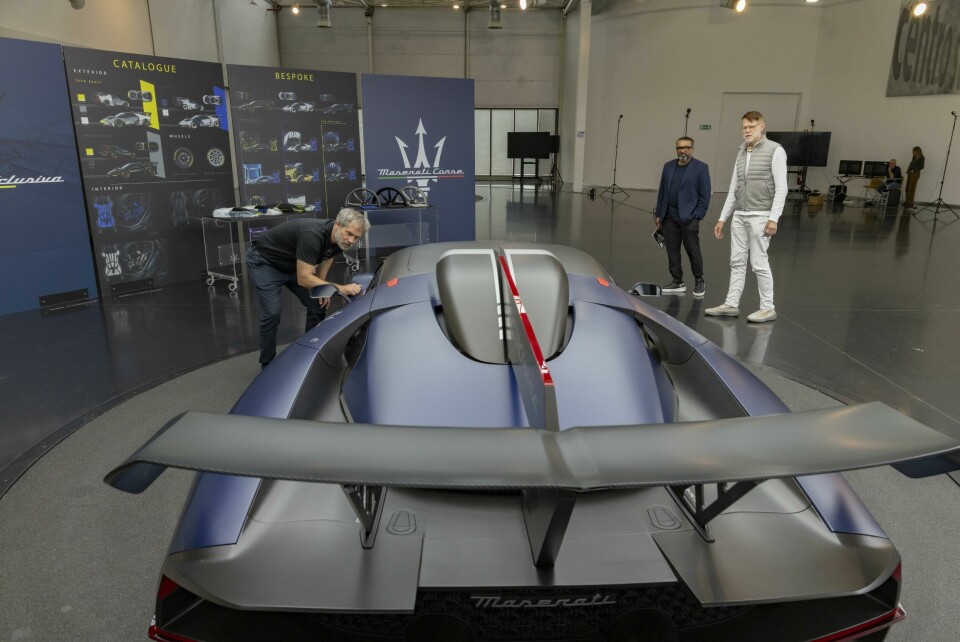
Looking at the MCXtrema, one could argue that we are some way removed from Arthur Drexler’s rolling sculptures that Busse has, in the past, referenced as pointing the way forward for EV supercars. Indeed, recent Maserati models, the Gran Turismo and Gran Cabrio, conform to the shibboleths of quiet Italian elegance. This is… not that.
The plan view coalesces around an illuminated red fin that runs vertically down the rear three-quarters to meet the tail fin. Branded “Maserati”, it is an organising element that joins the scoop on the roof with the rear spoiler and provides a continuum from the black roof and hood. At the risk of CDN sounding too much like a petrol head, this addition creates an awesome side profile, one worthy of a Le Mans racer. The hood itself comprises aerodynamic channels that form the iconic Maserati Trident. The cockpit, with two button-filled carbon fibre wings flanking the driver and racing wheel, nevertheless refutes that characterisation with enough tech to make a plausible stab at being a road going vehicle.
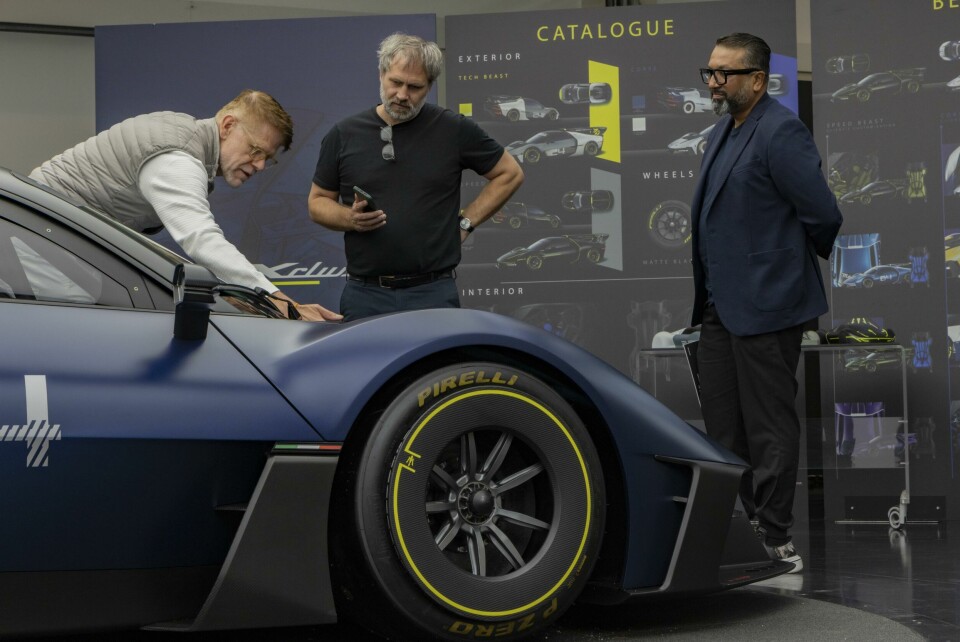
“Right now we are looking at various doors to the future and we need to decide which one we want to go through. Design wise, with the current generation of streetcars, we are concluding a chapter. I cannot tell you too much now but I can tell you this was very helpful for us and acted as a catalyst.”
“Italian brands always do what is best for that moment. We showed the MCXtrema alongside our road cars at Monterey and very occasionally someone would say, that is not a Maserati. But what is a Maserati? Is it the elegant 50s? Is it the dandy 60s with the Ghibli? Is it the futuristic 70s? Is it the brutalist 80s and 90s? Or is it the romantic 2000s? Italian brands always do what is best for that moment in time.”
Busse raises an interesting point. Take Marcello Gandini – like the greatest Italian designers, he was concerned only the future.
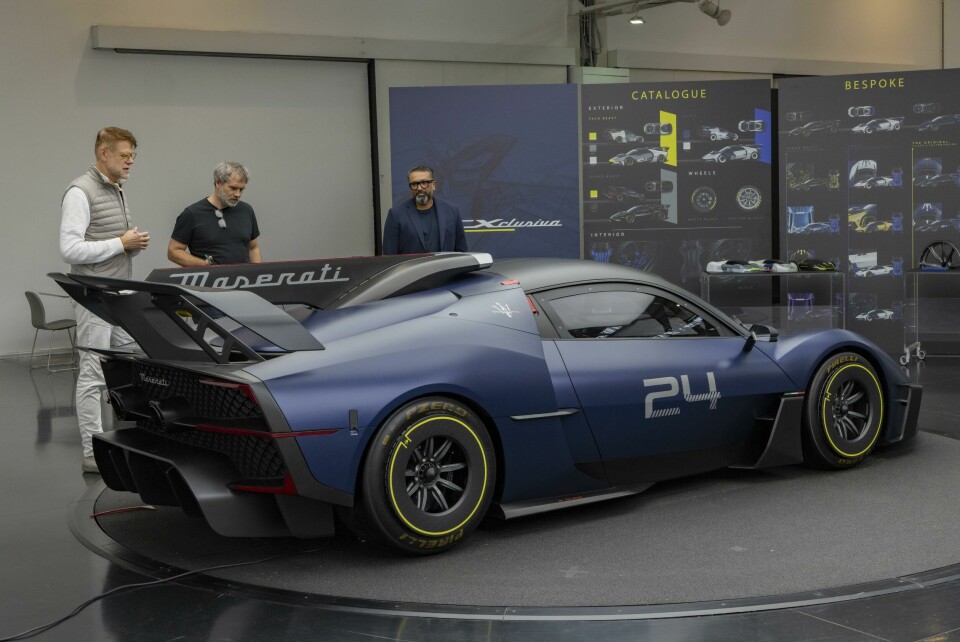
In the context of pivotal figures like this, there is a temptation to overemphasise the role of culture, especially when wide-sweeping change often owes its origins to technological innovation. “In the 50s, you had this fuselage design because of the drafting table. In the 60s there was the typical Canson paper side view. Then look at the 3200 GT in 98, it became much softer with the arrival of vellum paper.”
An astute observer of design, had he not been a prolific and adroit sketcher one could see him as a design critic, Busse’s own favourite era is a much overlooked Gandini classic. “I fell in love with the brand when I saw the Shamal. I like Italian elegance, but I also like the swaggering Italian bad boy,” he laughs. [Ed. The Shamal was recently revisited as a restomod elsewhere.]
Busse loves to talk about design, and this studio with the “Beast” feels like a haven. News about falling sales figures have caused fans of the brand to worry. Does the designer share the outside world’s concern? “We have our eyes fixed on the future,” he says. “We keeping pumping out the work.”
“I remember working for Chrysler back in 2008 and it was really tough,” he adds, “not knowing if you were going to have a job the next day. We were doing the interior of the Chrysler 200C EV Concept, which had the first free form, fully functional touchscreen. Designers were literally calling it ‘witchcraft!’
“The point is, when times get tough, that is when designers do their best work. And the mood in the studio is as good as ever.”



